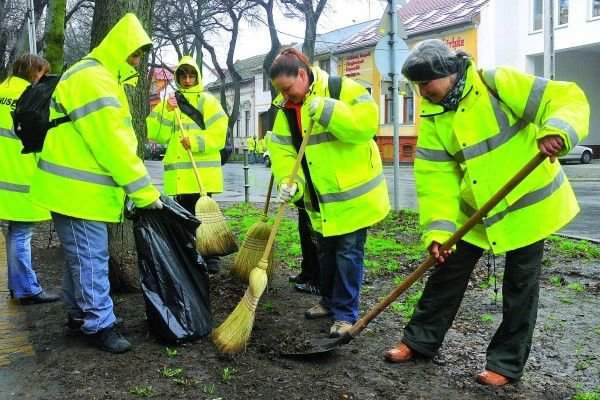Is Hungary a country of public workers and poor people?
Metropol.hu shared the report of the European Committee that includes the description of the countries’ labour market and the well-being of the society. The experts’ findings show how unpleasant the situation of the poverty in Hungary is.
Poverty, unfortunately, is still highly common in the country. Social rates did not increase as much as the state of the general economy and labour market improved by 2014. The relative income poverty rate (14.6%) is still under the EU average, and did not develop significantly. However, the rate of the extreme deprivation is much higher (23.9%) than the average (9%) of the countries’ in the EU. This means that approximately 2.34 million Hungarians live in extreme deprivation. While being still high, this number is less than it was in the previous year, when it was 2.71 million. Another rate exceeded the average (11%): the rate of households of low work intensity (12.2%), even though, it decreased a little bit as well.
The rate of socially excluded people living in poverty decreased by 2.4 percentage points, which means that in 2014 the number of these people was reduced to 3.1 million. Still, it was higher than the data from 2008. People mostly affected by poverty in the country are the kids and Roma people. In 2014, 41.5% of the Hungarian children were living in poor circumstances or socially excluded. The rate of children under the age of 18 living in extreme deprivation was 32.4%, the second highest rate in the EU. Furthermore, metropol writes that the report also indicates that the 2/3 of Roma people live under the national poverty line, while this rate of non-Roma people was 23% in 2014.
Moreover, the report shows that Hungary provides jobseeker’s allowance for the shortest periods in the EU. In our country unemployed people can receive the benefit for three months. According to the governments reasoning this way they try to motivate the people to get jobs as soon as possible. However, the European Committee claims that this system rather pushes the unemployed ones into accepting jobs that do not fit their qualifications, which eventually leads to the increase of fluctuation and the decrease of productivity. Another option for the jobseekers is to participate in public work in order to keep their social care.
According to the European Committee, the situation of the labour market developed in the last two years. By the third quarter of 2015 the unemployment rate decreased to 6.4%, while the employment rate increased to 64.8%. The number of the long-term unemployed people also began to decrease. More of the young people became employed, although, there are still a lot of people who are unemployed and do not receive education or training. The rate of the unemployed Roma people however, is still high, 29% of them do not have a job.
The report tells that Hungary’s main policy concerning the labour market is the public work system. For that, more money is provided than for the jobseekers’ allowance, for example. The sum was 0.8% of the GDP in 2014, and they predict that it would get doubled between 2015 and 2018. Unfortunately, though, it is mentioned in the report that public works do no help the workers in getting back to the market: most of them are not able to get out of the situation. Last year only 13% of them could exit public working.
Women’s situation was also observed. It seems that many women cannot work because there are not enough nursery or infant’s schools. In 2014 the employment rate of female workers was 60.2%, while the rate of males was 73.5%. In addition, the wage gap between females and males is higher in Hungary (18.4%) than in the EU (16.4%). Women’s career are different from men’s, they do not have as many options to gain experience, promotion or reach a leadership position. The number of employed elder people is also low. The period they work through is short, 30.8 years, which is the second least in the EU, where the average is 35.2 years.
Copy editor: bm
Source: metropol.hu
please make a donation here
Hot news
What happened today in Hungary – 26 July, 2024
Drama: number of births in a 20-year low in Hungary
Yay or nay? – 6 odd Hungarian delicacies that make our skin crawl
Budapest tourism “exploded” this past weekend
Container transport in Budapest may stop: How will this affect Hungarian economy?
Minister: Hungary will protect its territory by every means possible




